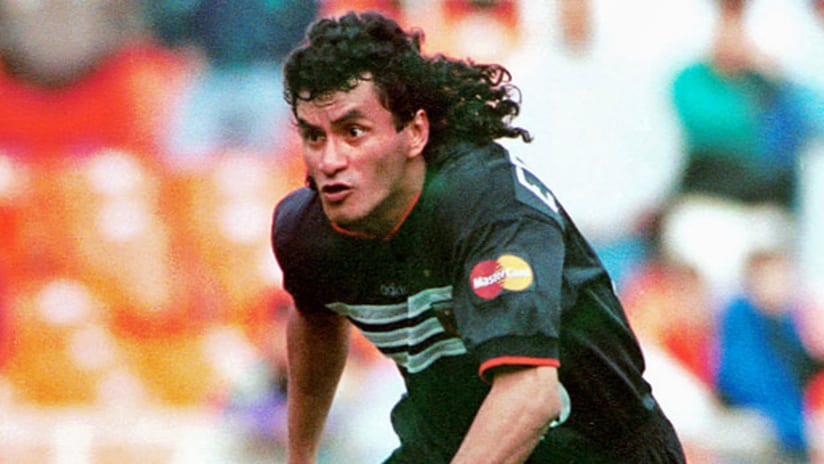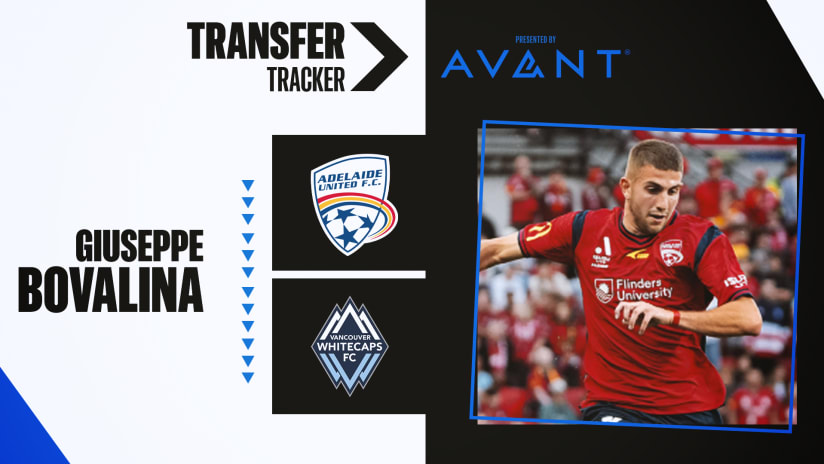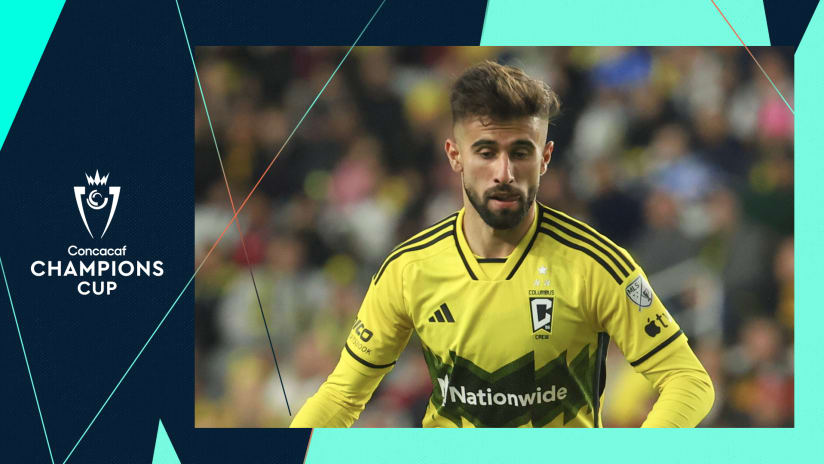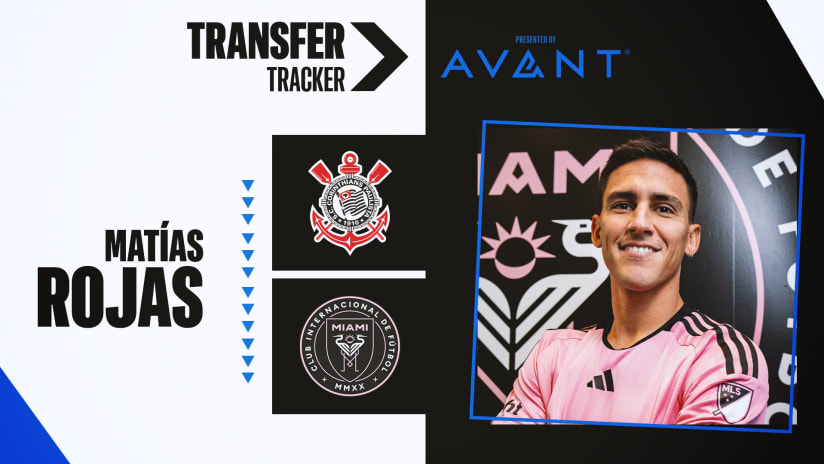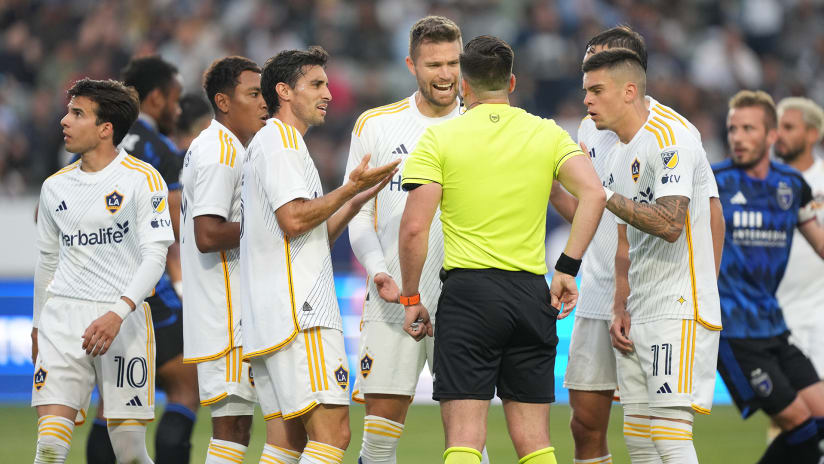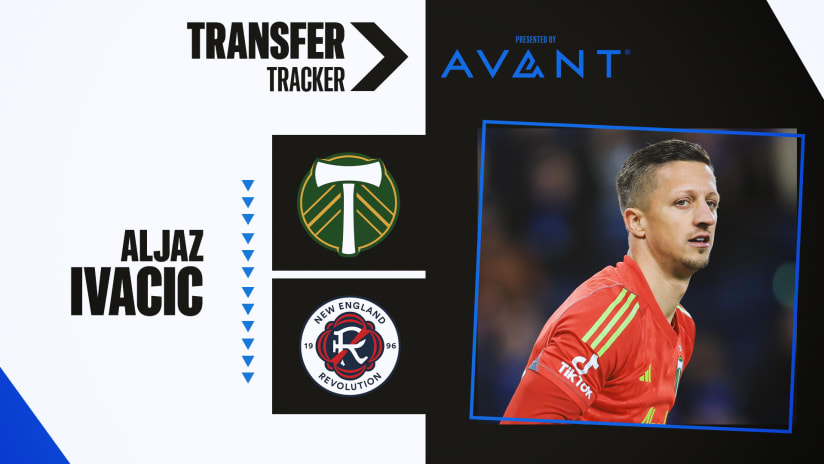There is no other way to put it: Marco Antonio Etcheverry is D.C. United.
The central midfielder known as "El Diablo" was the third player signed by United, allocated on the eve of the inaugural MLS Draft. Already a hero in his native Bolivia for his exploits in helping their national team qualify for the 1994 World Cup, Etcheverry would soon reach the same status in Washington.
Etcheverry's game-winning strike, his first goal for the team, against the Eastern Conference-leading Tampa Bay Mutiny on July 12, 1996 at RFK Stadium is considered to be the turning point of that first season.
Against the MetroStars in the first round of the 1996 playoffs, he scored the lone goal in Game Two and, in Game Three, earned a late penalty, which Raul Diaz Arce converted, to clinch the series against the club's biggest rivals.
But it was a cold, rainy day in Foxboro, Mass., that cemented his place in United history, orchestrating a late comeback from a two-goal deficit by setting up Tony Sanneh and Shawn Medved with free kicks from his left foot. Four minutes into overtime, an Etcheverry corner kick was met by Eddie Pope, who headed it inside the near post to give United their first MLS championship, and Etcheverry was named the MVP of the game.
Wearing the No. 10 shirt with his trademark mullet flapping behind him, the bag of tricks hidden inside that left foot seemed endless. With Diaz Arce and fellow Bolivian Jaime Moreno up top, the "Magic Triangle" brought Latino flair to the United States, accounting for 34 of the team's 70 goals in 1997, as United won their second MLS Cup in as many years. Etcheverry also won the MLS Goal Of The Year in 1997 by dribbling through the entire New England Revolution defense before coolly slotting it past goalkeeper Jeff Causey.
In 1998, Etcheverry, now wearing the captain's armband for United, brought his game to new heights. With the speedy Roy Lassiter replacing Diaz Arce, Etcheverry had even more room to operate. Tying his 1996 team record of 19 assists and scoring a career-best 10 goals, Etcheverry was named the league's MVP as United won their first two international trophies, the CONCACAF Champions Cup and the InterAmerican Cup. He also spent considerable time mentoring Ben Olsen, schooling the rookie on how to make better crosses and free kicks.
Even when he didn't show up on the scoreboard, Etcheverry would control the game. He dictated the rhythm of play, mixing up short passes, long balls and dribbling to keep defenders guessing. He could take two defenders with him to the goal line and somehow get free and send in a perfect cross. Perfectly-weighted passes went behind defenses and curled into the path of an onrushing forward. And those free kicks that magically swerved and dipped into the net were things of beauty. The only analogy that comes to mind is that watching him was like listening to Charlie Parker play saxophone. He effortlessly made the unpredictable seem obvious.
Following the heights of 1998, Etcheverry came close to replicating his success in 1999, tying for second in the league with 17 assists. He only scored four goals, but one of them, a strike from inside the center circle against the Miami Fusion, was named the Goal Of The Year, making Etcheverry the only player to win that award twice.
Etcheverry's biggest weapon was what we fans called "The Look." It was a face of intense competitiveness and ferocity that made Diablo appear possessed. For Game Three of the Eastern Conference Finals against Columbus, Etcheverry had "The Look" all night, and gave one of the greatest performances in Washington sports history, setting up United's first three goals and scoring another on a 25-yard free kick in the 86th minute to send D.C. United to their fourth consecutive MLS Cup appearance.
Several lazy writers have, in hindsight, suggested that, following the 1999 season, Etcheverry's career went into a freefall, based on his ejection in the season-opening loss to the Los Angeles Galaxy and United's poor form over the next four years. While it is true that Etcheverry was injured for much of the 2000 season, appearing in only 22 games, he continued to remain among the league's elite playmakers, with four goals and eight assists.
In 2001, Etcheverry suffered a torn ligament in his left big toe early in the season. Bravely playing through the pain, he failed to score a goal for the first time in his career, but he finished sixth in the league with 12 assists.
With his toe surgically repaired in the off-season, Etcheverry looked to recapture his form in 2002. In United's home opener, it seemed as if he was back, scoring on a vintage Diablo free kick past Chicago Fire goalkeeper Zach Thornton. But under new head coach Ray Hudson, United moved to a more defensive style of play. Also, long-term injuries to Moreno and Santino Quaranta left United without a dangerous forward, and Etcheverry led the team in scoring, albeit with only three goals and eight assists.
In 2003 he again led the team in scoring with six goals and seven assists, but it was clear that Etcheverry was never going to be the same player we had grown to love. His passes went astray with greater frequency and his set pieces hung in the air. But a couple of times each game, the clock would turn back a few years and we would be treated to another magical moment from El Diablo.
Etcheverry belongs on the list of the greatest athletes in Washington history. He made D.C. United the standard bearer for how an American soccer team could play. He carried the team on his shoulders to their most impressive victories, and the league will never see another player like him.
David Lifton is a contributor to dcunited.com. He is a member of the Screaming Eagles and longtime supporter of D.C. United.

